Exploring remote waters reveals fascinating hidden algae species. These microscopic organisms play crucial roles in marine ecosystems. Each species has unique traits and histories. Let’s dive into the details of some remarkable hidden algae species.
Prochlorococcus marinus
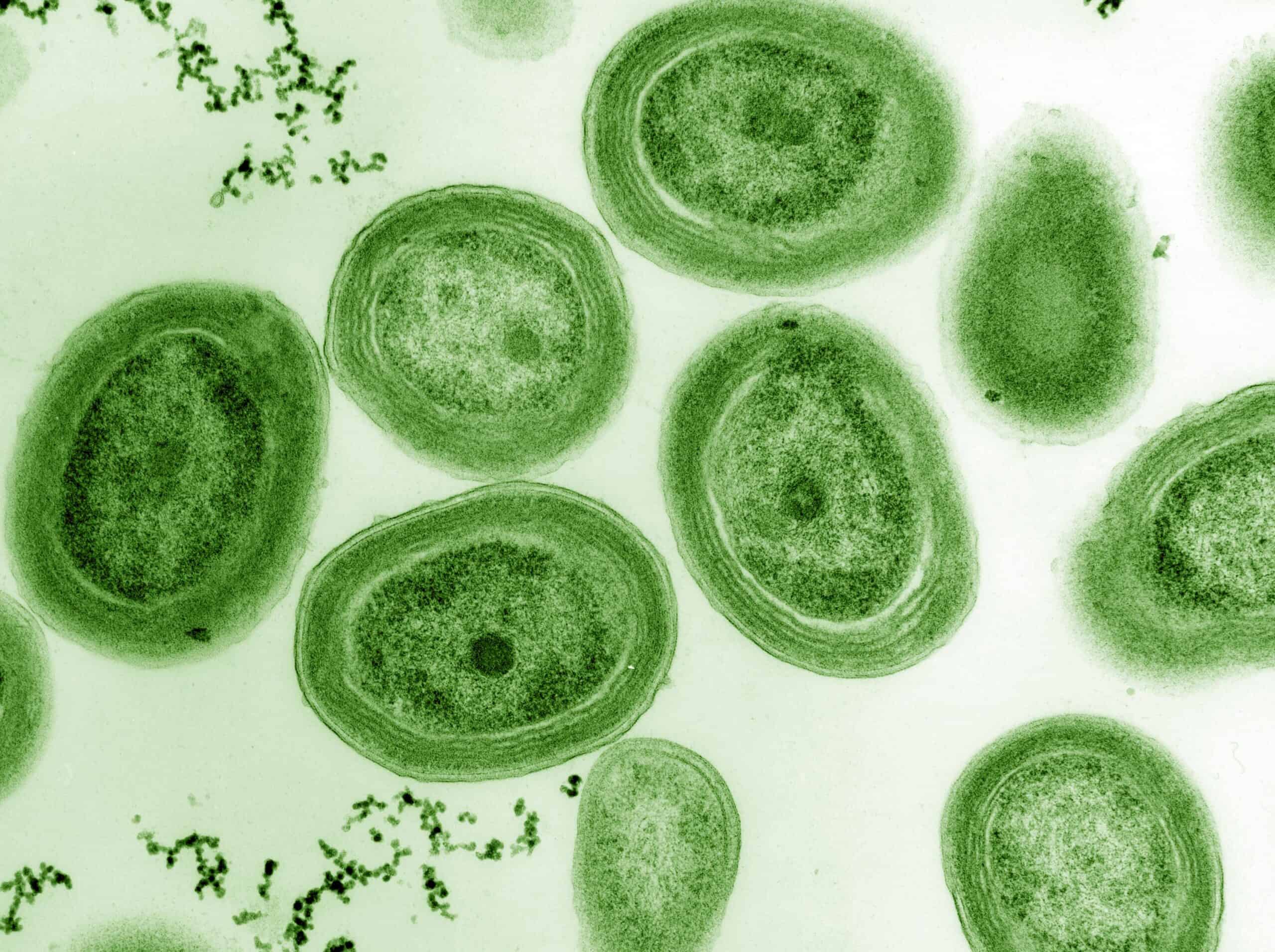
Prochlorococcus marinus is one of the smallest photosynthetic organisms. It appears as tiny green cells, barely a micrometer in size. Discovered in the 1980s by researchers in the North Atlantic Ocean, it was a groundbreaking find in marine microbiology. Originating from tropical and subtropical waters, this algae thrives in nutrient-poor environments where most other organisms cannot survive. Remarkably, it is responsible for a significant portion of the ocean’s primary production, contributing to the global carbon cycle and supporting marine food webs.
Phaeocystis antarctica
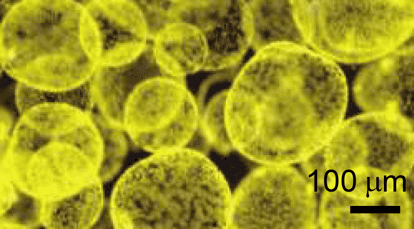
Phaeocystis antarctica forms colonies that look like gelatinous blobs, which can be seen floating in cold ocean waters. Discovered in the Southern Ocean near Antarctica, it is known for its ability to form large blooms that can significantly impact marine life and biogeochemical cycles. This species thrives in nutrient-rich, cold waters and can produce dimethyl sulfide, a compound that influences cloud formation and climate regulation.
Emiliania huxleyi
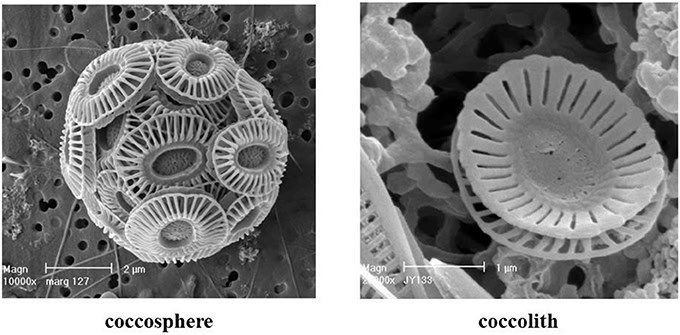
Emiliania huxleyi is a coccolithophore, distinguished by its intricate calcium carbonate plates, known as coccoliths. First described in the early 20th century, it has since been found in various ocean regions, from polar to tropical waters. This algae is renowned for forming extensive blooms that can be seen from space, giving the water a milky appearance. Its calcification process plays a vital role in the global carbon cycle, sequestering carbon dioxide and influencing marine chemistry.
Karenia brevis
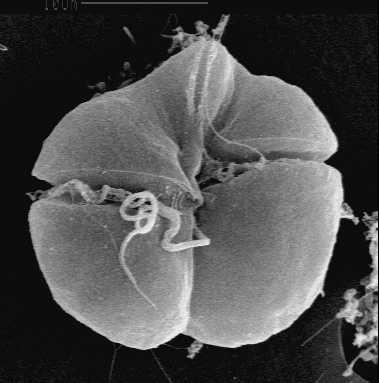
Karenia brevis is a dinoflagellate responsible for harmful algal blooms, commonly known as red tides. This algae has a reddish-brown appearance due to its pigments. It was discovered in the Gulf of Mexico, where it has been extensively studied due to its ecological and health impacts. Karenia brevis produces potent neurotoxins called brevetoxins, which can cause massive fish kills and pose serious health risks to humans through contaminated seafood and respiratory exposure.
Chlamydomonas nivalis

Chlamydomonas nivalis, also known as snow algae, is easily recognizable by the red or green patches it forms on snow and ice. First identified in polar regions, this species is adapted to cold, high-altitude environments, often found in alpine and polar snowfields. Its pigments, primarily astaxanthin, protect it from intense UV radiation and give it its distinctive color. This algae plays a role in nutrient cycling within these extreme environments, contributing to the melting of snow and ice.
Synura petersenii
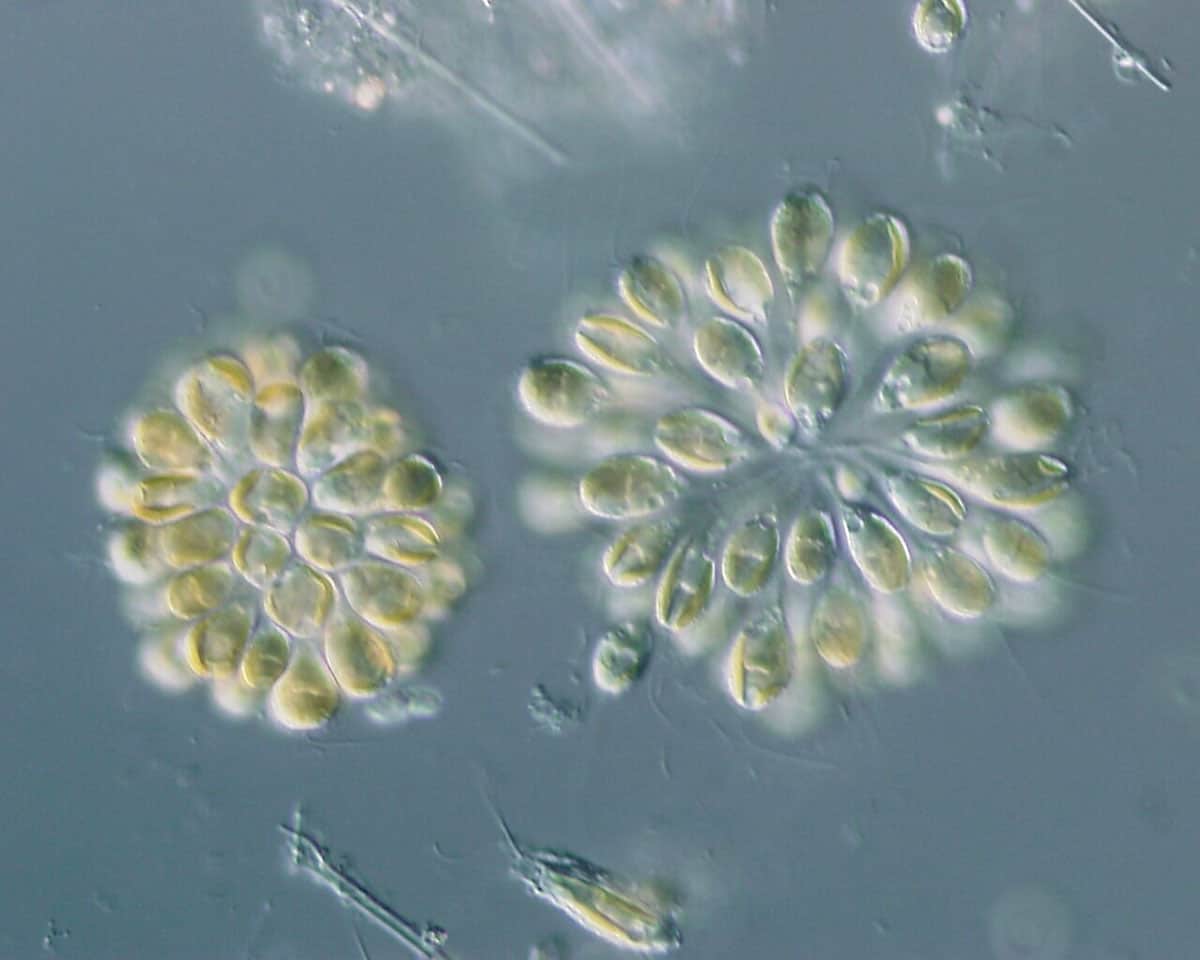
Synura petersenii forms golden-brown spherical colonies that are often found in freshwater lakes. Discovered in the 19th century, it has been a subject of interest for its silica scales, which are intricately patterned and provide protection. This algae contributes to silica cycling in aquatic ecosystems and is an important food source for zooplankton. Its presence can indicate water quality and the ecological health of freshwater habitats.
Thalassiosira pseudonana
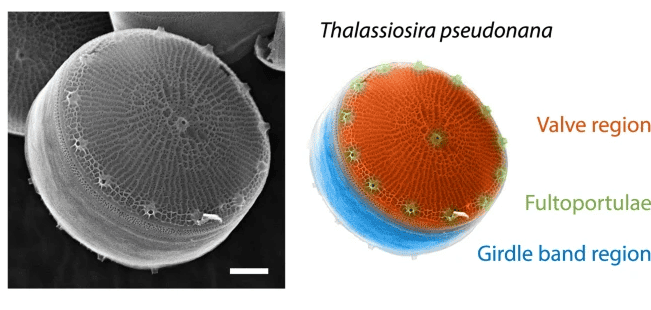
Thalassiosira pseudonana is a diatom with a round, siliceous shell, or frustule, that is beautifully ornate under a microscope. Identified in the early 20th century in coastal waters, it has become a model organism for scientific research due to its well-mapped genome. This species is a major player in carbon fixation and marine food webs, converting carbon dioxide into organic matter through photosynthesis and serving as a primary food source for many marine organisms.
Micromonas pusilla
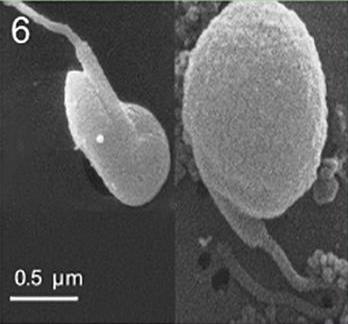
Micromonas pusilla is a green algae, barely larger than a bacterium. It appears as tiny, single-celled organisms under a microscope. Discovered in the 1950s, it inhabits marine environments worldwide. Originating from temperate and tropical waters, it thrives in nutrient-poor conditions. Its small size allows it to dominate picoplankton communities, playing a key role in carbon cycling and marine food webs.
Prymnesium parvum
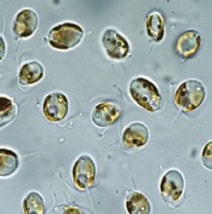
Prymnesium parvum, or golden algae, has a yellow-green hue due to its pigments. It was discovered in European waters in the early 20th century. This species is infamous for producing toxins that can cause massive fish kills. Originating from brackish and marine environments, it can adapt to freshwater as well. Its blooms have significant ecological and economic impacts, affecting fisheries and water quality.
Cyanothece ATCC 51142
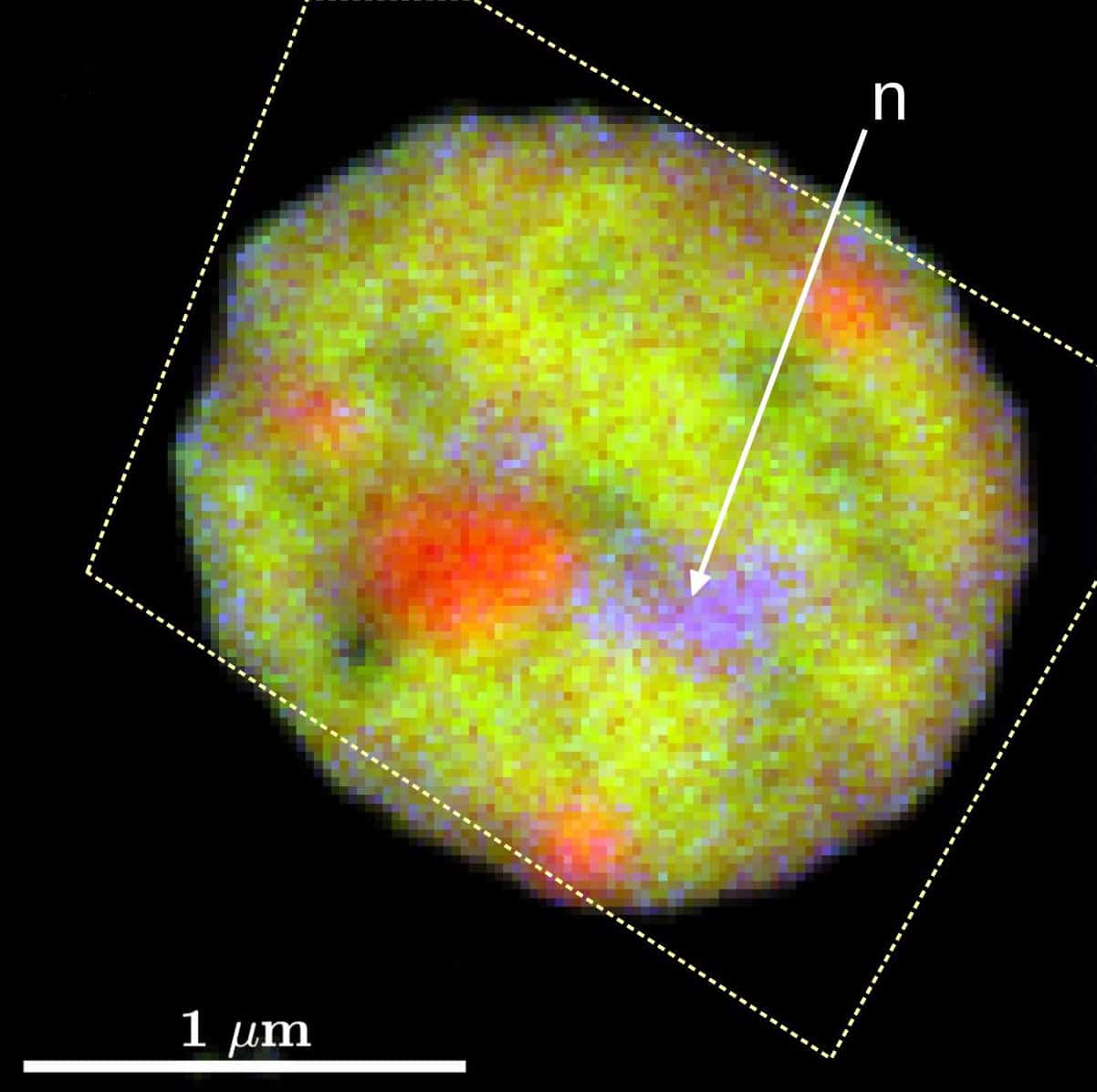
Cyanothece ATCC 51142 is a blue-green algae, or cyanobacterium, recognized for its nitrogen-fixing abilities. It was identified in the 1980s from tropical marine environments. This species is unique because it can perform photosynthesis and nitrogen fixation simultaneously. Its role in nitrogen cycling is crucial for nutrient-poor marine ecosystems. Researchers study it for potential applications in sustainable agriculture and bioenergy.
This article originally appeared on Rarest.org.
More from Rarest.org
1977 Eisenhower Silver Dollar Value Guide

The general public’s desire for a dollar coin was hardly noticeable at the start of the 1970s. A replacement for the silver dollars that had been used to power tens of thousands of slot machines, however, had to be found fast by the gaming industry. Read More.
20 Most Remote Places in the World
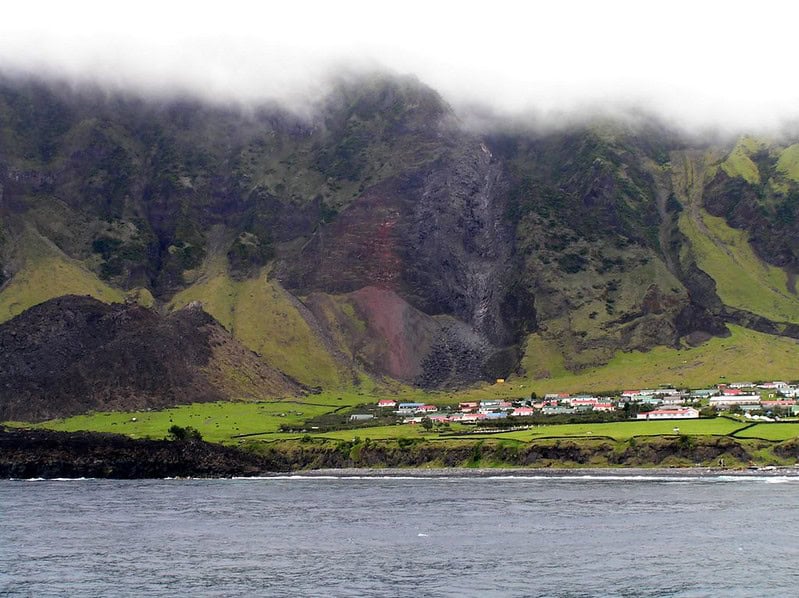
Exploring the world’s most remote places offers a glimpse into the planet’s untouched beauty and unique cultures. Read More.
Top 9 Rare Jewelry Pieces Collectors Love
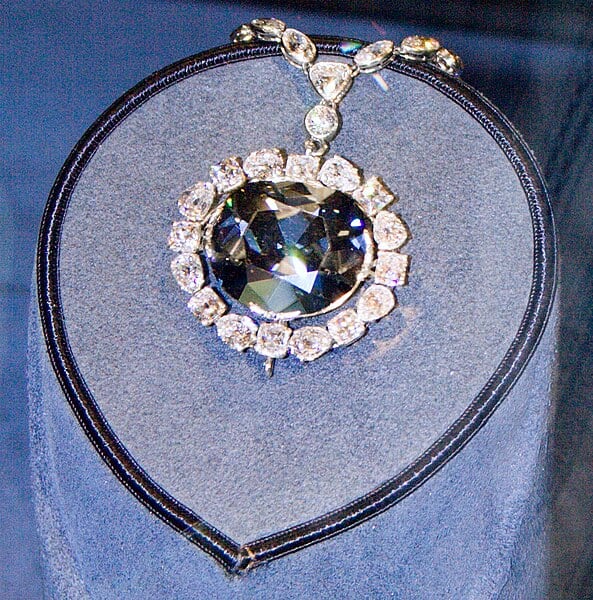
Collecting jewelry is a passion for many enthusiasts, especially when it comes to unique and highly collectible pieces. Read More.
